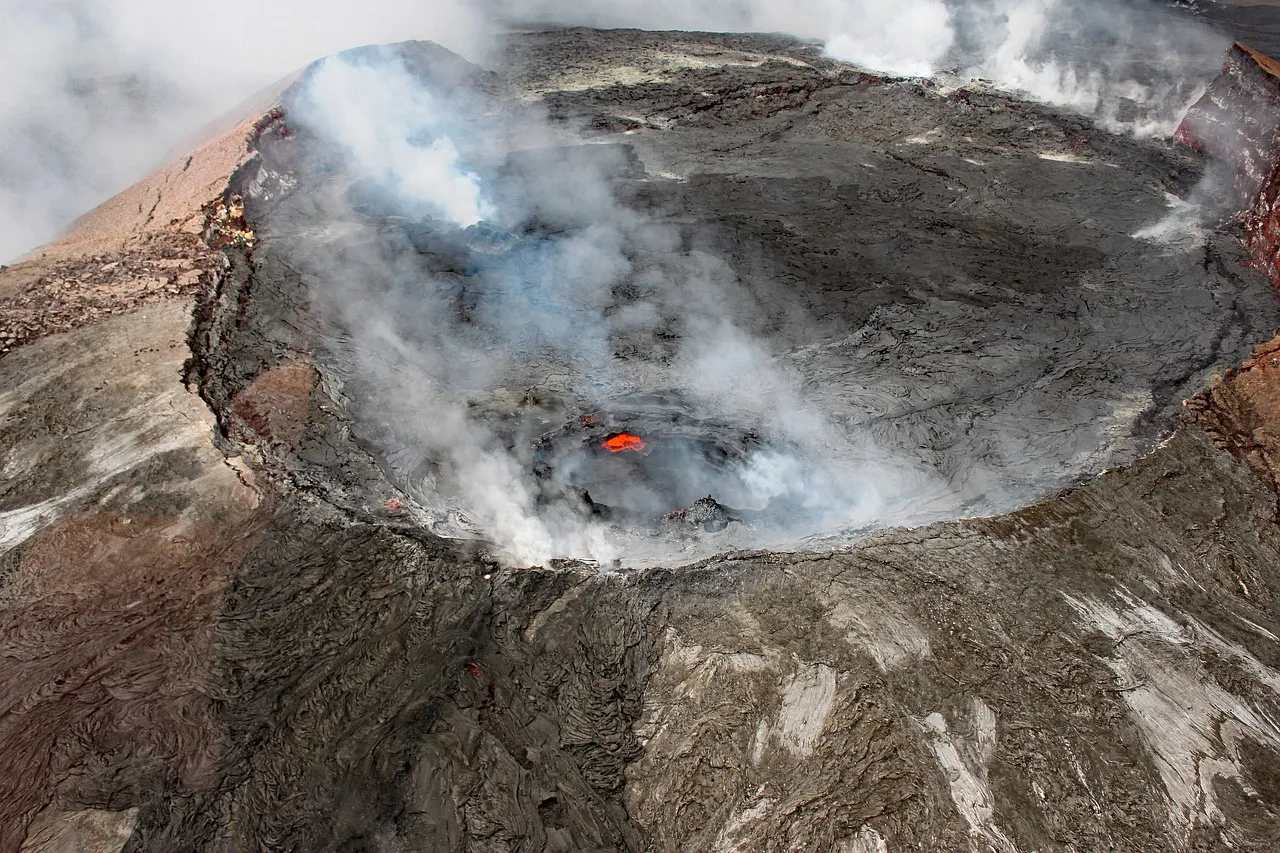There’s nothing like a good volcano eruption to put us uppity humans in our place. The grand-daddy of well-documented eruptions, Krakatoa, was four times the explosive power of the biggest hydrogen bomb ever detonated. It was the loudest noise ever documented. Just over half a century earlier, the even-bigger Tambora volcano – less well-known because it occurred before the development of modern communications – notably altered the global climate for many years.
Krakatoa and Tambora also caused colossal loss of life, mostly due to creating massive tsunamis near densely-populated islands. The Hunga Tonga-Hunga Ha’apai volcano in January caused a flurry of excitement, mostly because its eruption was caught on satellite camera. But while it was roughly the size of the aforementioned hydrogen bomb (or a quarter of Krakatoa), it led to a bare handful of deaths, because of its remoteness.
But it did have some tremendous effects on the atmosphere that should also serve to humble we climate-obsessed humans.
When an underwater volcano in Tonga erupted in January, it belched out more than ash and volcanic gases; it also spewed 58,000 Olympic-size swimming pools’ worth of water vapor into Earth’s atmosphere, a new study finds.
This water vapor could end up being the most destructive part of the volcano’s eruption because it could potentially exacerbate global warming and deplete the ozone layer, according to the study.
In other words, just one “volcanic burp”, as geologist Professor Ian Plimer puts it, puts those “carbon emissions” that the Climate Cult spends so much time fretting about to shame.
The results revealed that 160,900 tons (146,000 metric tons) of additional water vapor had entered the stratosphere since the volcano erupted, reaching a maximum altitude of 33 miles (53 km), which is in the mesosphere, the layer of the atmosphere that extends from the top of the stratosphere to an altitude of 53 miles (85 km).
This makes it the largest and highest injection of water into the stratosphere since satellites began taking measurements.
“We estimate that the excess water vapor is equivalent to around 10 per cent of the amount of water vapor typically residing in the stratosphere,” which is the biggest increase scientists have ever seen, researchers wrote in the new paper, published online July 1 in the journal Geophysical Research Letters. The water vapor may remain in the stratosphere for around half a decade, the researchers wrote.
Volcanic eruptions are, of course, normally associated with global cooling, due to the huge amounts of ash and sulfur dioxide they eject. Tambora led to the “year without summer”. Krakatoa caused not just cooling but months of spectacular sunsets around the world (one American fire brigade was called out, due to alarm over the lurid glow in the night sky).
But, Hunga Tonga-Hunga Ha’apai was a submarine volcano, so its eruption spewed out unusual amounts of steam.
This excess water, the researchers warned, could have a radiating effect that could warm the atmosphere much as greenhouse gases do. Because the water is likely to stick around longer than other volcanic gases, like sulfur dioxide – which normally fall out of the atmosphere within two to three years – the water’s warming effect will likely outlast any cooling effects the gases create.
LiveScience
It’s unknown if Greta Thunberg has taken to her yacht to go and shout How dare you! at the volcano, yet. Maybe the Climate Cultists could go try the Leilani gambit to placate the climate gods?









